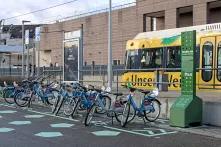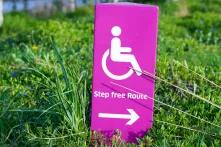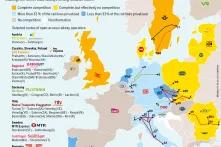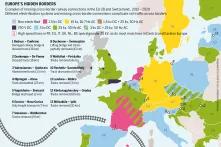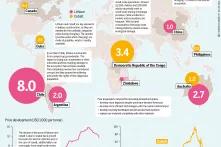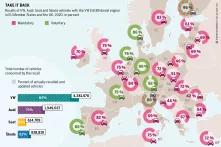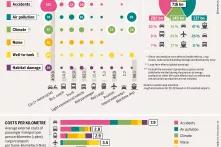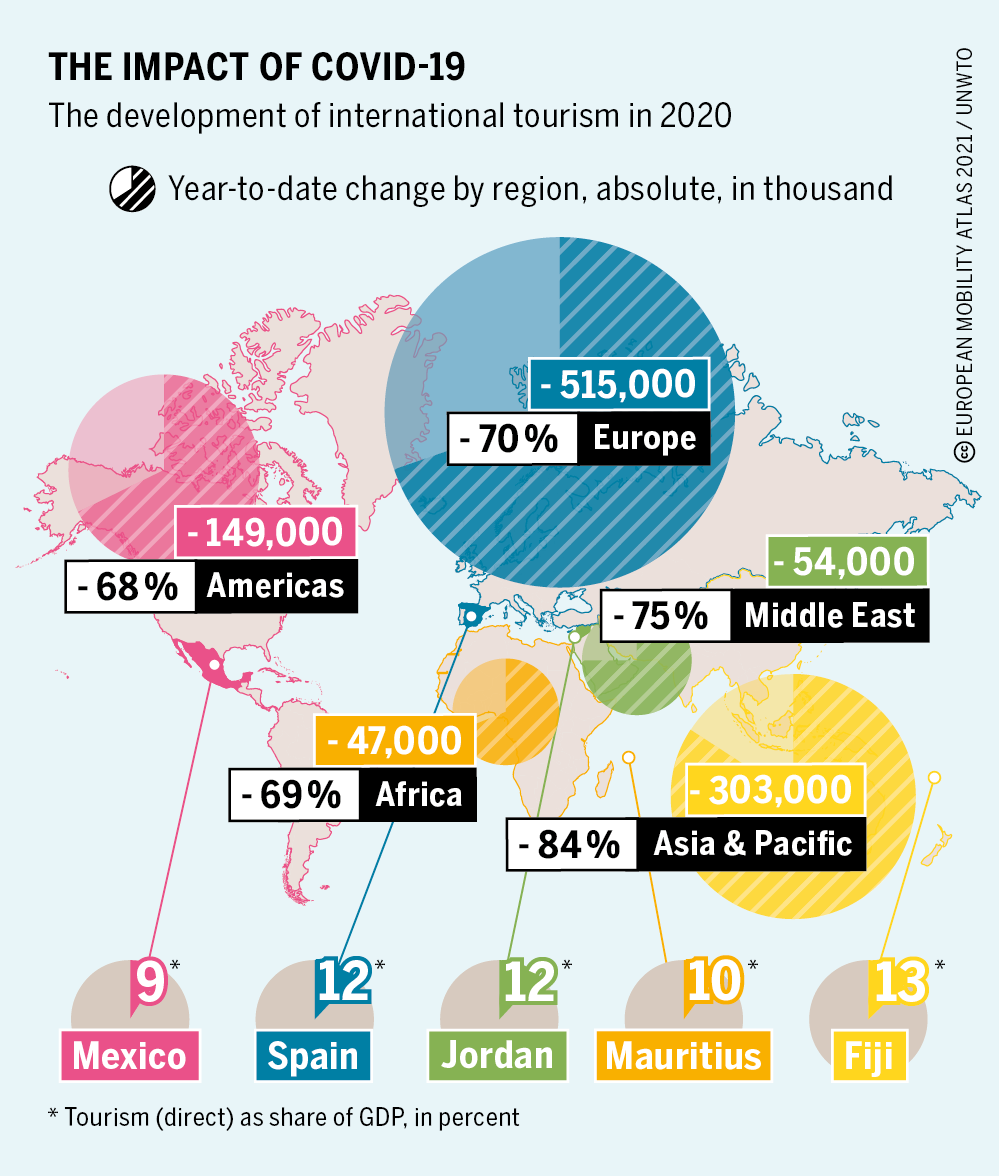Atlas
European Mobility Atlas 2021
Facts and Figures about Transport and Mobility in Europe
Sustainable transport and mobility are key to tackle the climate crisis and to achieve the targets of the European Green Deal. However, transport today accounts for nearly 30 percent of the CO₂ emissions within the European Union. How can the EU reduce its transport and mobility emissions while connecting citizens, creating green jobs and leading the innovation in the sector?
In italiano | En español | V češtině | Version française | Ελληνική έκδοση | Versão portuguesa
#EUMobilityAtlas event series
European Mobility Atlas 2021 | European freight transport and green logistics - Heinrich-Böll-Stiftung European Union
 Watch on YouTube
Watch on YouTube
Charging ahead: Sustainable batteries for e-mobility - Heinrich-Böll-Stiftung European Union
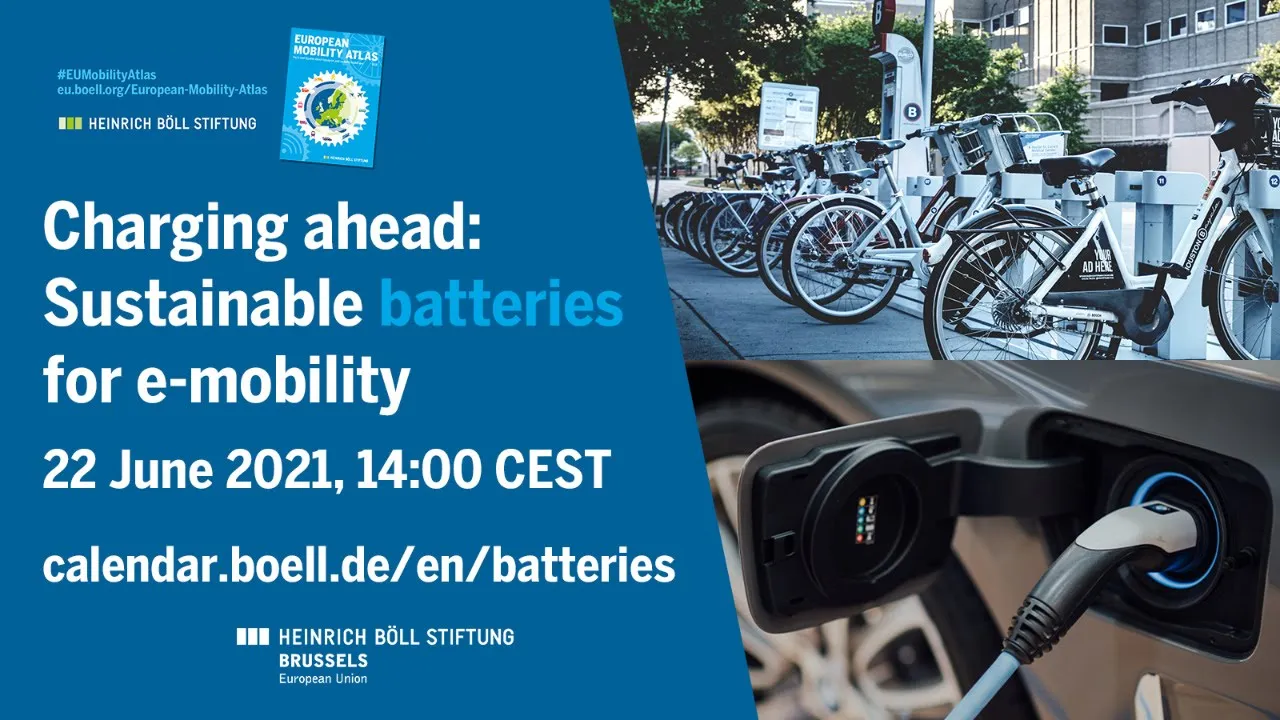 Watch on YouTube
Watch on YouTube
Night time on European Rails: The rise of night trains in Europe - Heinrich-Böll-Stiftung European Union
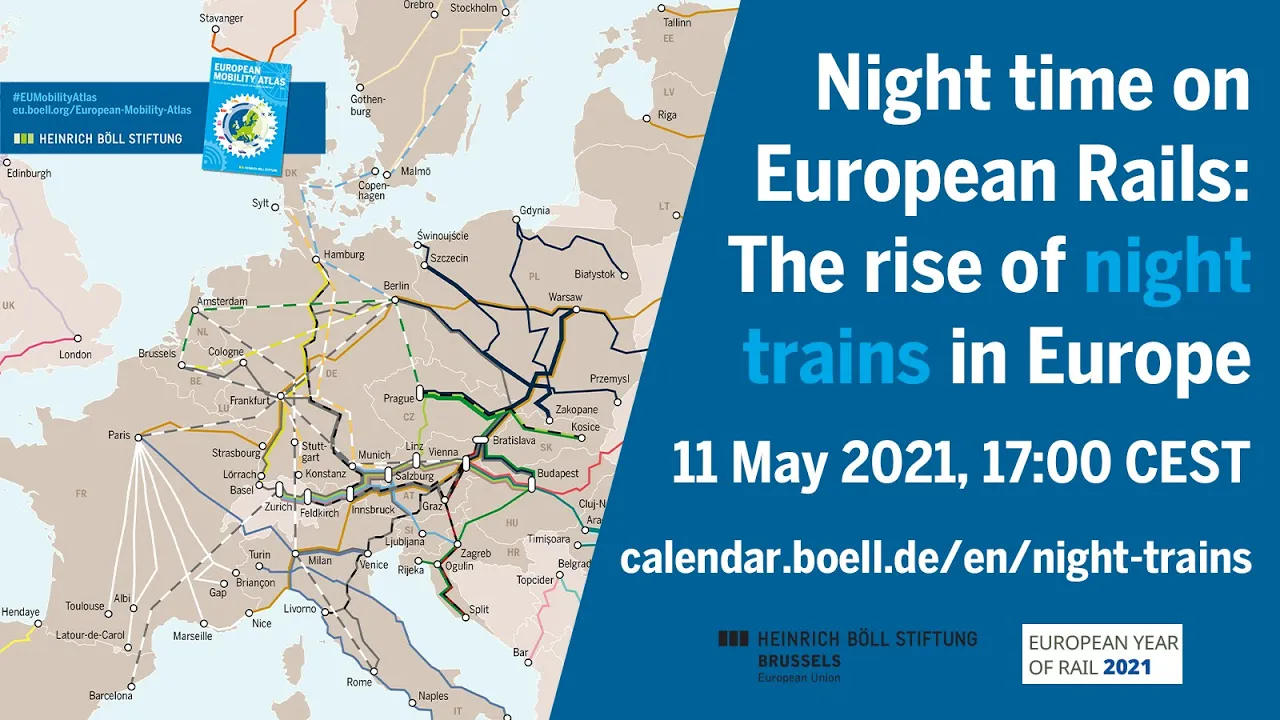 Watch on YouTube
Watch on YouTube
Hotels auf Schienen: Der Aufstieg der Nachtzüge in Europa - Heinrich-Böll-Stiftung European Union
 Watch on YouTube
Watch on YouTube
Launch of the European Mobility Atlas 2021: Facts and Figures about Transport and Mobility in Europe - Heinrich-Böll-Stiftung European Union
 Watch on YouTube
Watch on YouTube
Railways
Trains and railways will essentially be the backbone of a climate-compatible European transport system, but are today often limited to individual countries. Investments to extend and reactivate rail routes within and across borders are necessary.
Cycling
Cars occupy too much space. The limited available public space should be used more efficiently for cycling, walking and various forms of public transport, especially in towns and cities. Moreover, bicycle production reinforces regional value creation and strengthens European small and medium-sized businesses.
Cargo bike-sharing has a high potential to reduce car usage: cars, rather than conventional bikes, are replaced by cargo bikes. A cargo bike can carry at least three times its own weight!
Digitalisation
The European mobility of the future entails interlinked, attractive, resource-efficient and climate-friendly means of transport within a European framework and contributes to a high-quality of life in cities and well-connected rural areas. Digitalisation of European transport brings along opportunities by linking different forms of transport in one single application. The accessibility and availability of such technologies for everyone is a challenge.
Climate Crisis & Mobility
European mobility as it has developed has empowered many people and implies self-determination, but these achievements also generate social and ecological stresses. Climate-friendly means of transport and fossil fuels are incompatible. Sustainable energy and mobility transitions go hand in hand.
European Mobility Atlas 2021
Europe is the continent where multiple forms of transportation have been invented or brought to technological maturity. The free movement of persons has made Europe grow together and led to an ever-stronger sense of cohesion. Cross-border mobility is a prerequisite for a united EU and the experience of inter-connectedness on all levels.
How-ever, transport today accounts for nearly 30 percent of the CO emissions within the European Union. While it is imperative to -reduce these emissions to fight climate change, our joint efforts must aim at creating and maintaining jobs in a sector trans-formed by electrification, other alternative fuels, digitalisation and automation. At the same time, a transition in the field of mobility and transport can only be truly sustainable if it is socially equitable and just.
These challenges can only be tackled in a joint effort on all levels: the EU institutions, Member States, as well as local authorities and communities. It is upon all of us to address these issues to tackle the climate crisis that we are facing. The European Green Deal as the overarching political framework needs to be at the forefront of this battle. It aims to make Europe climate neutral by 2050 and entails significant steps for the transport sector: The Sustainable and Smart Mobility Strategy will need to deliver on boosting passenger rail, multimodal ticketing, but also highly important infrastructure investment as with the revision of the Trans-European Transport Network (TEN-T) regulation. These plans can only be achieved with the necessary funding. As finance is key, the orientation of the EU's multiannual budget for 2021-2027 and recovery instrument "Next Generation EU" will thus be decisive to direct investment into the right transport infrastructures and mobility segments.
The democratisation of modern means of transport after the first half of the 20th century led to enormous benefits for many individuals, enhancing their mobility, social permeability and comfort to a great extent. However, ever increasing levels of fossil fuel consumption and greenhouse gas (GHG) emissions became the other side of the coin.
The Covid-19 pandemic has limited the freedom of movement extensively and shows the vulnerability of Europe as a place of constant movement. While air traffic decreased and the use of bicycles increased, there has also been a strong negative shift from shared transport to individual transport. If this change prevails, a great deal of earlier efforts to reduce GHG-emissions in the transport sector will be nullified.
Recovery packages to overcome the effects of the Covid-19 pandemic must be accompanied by a commitment to transformation: they need to include sustainability criteria that avoid further carbon lock-in with a transport sector still largely powered by fossil fuels. A recovery of the EU's economy will not be a lasting one, if the focus is not going to be on future-oriented investments. For European mobility, that implies investments into a better rail infrastructure, helping public transport companies to survive the crisis, bailing out airlines only under strict climate conditions and, most importantly, creating a transparent polluter-pays principle across all means of transport.
With more and more people being mobile, Europe is a continent that needs to remain innovative in order to achieve the relevant climate goals. We need new technologies to align our mobility infrastructure and behaviour with the pressing challenges of the upcoming years. To save our climate, the European Green Deal has to be Europe's first priority.
It is good news that EU institutions agreed to make 2021 the 'European Year of Rail'. Railways, by nature, are and need to become even more the strong backbone of a sustainable and resilient European transport architecture. This can be achieved by overcoming the predominance of current national frameworks, as well as the limits imposed by them, in favour of one new, cross-border integrated network spanning the continent.
We therefore decided to complement the European Mobility Atlas 2021 with a folding map which provides an overview of sustainable green transport projects across Europe and, most importantly, highlights competitive rail projects such as night trains and high-speed lines. There are lots of best practices we can build on!
Our European Mobility Atlas seeks to contribute to the efforts towards sustainable and just mobility in Europe. Thus, it covers a multitude of transport-related aspects relying on evidence-based research and highlighting concrete, tangible mobility solutions from across our continent.



